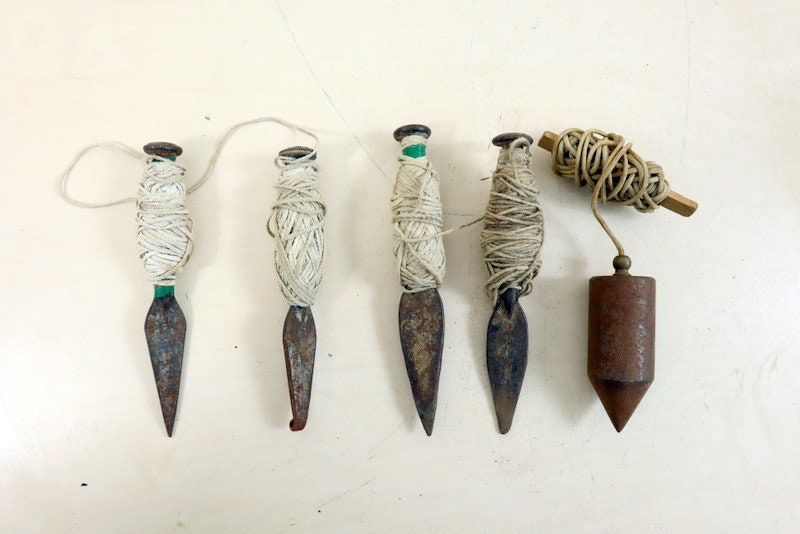

and is ideal for a variety of indoor and outdoor applications including carpentry masonry surveying and fencing. PRODUCT SPECIFICATION: Johnson steel plumb bob weighs 8 oz.You can also use it with Johnson tripods to level them into the center while using different optical and laser instruments. EASY INSTALLATION: The steel plumb bob tool can be easily installed to a sting or line by simply removing the cap.It also has a corrosion-resistant steel plated finish which adds to the lifespan. QUALITY MATERIAL: This hexagonal plumb bob is made from high-quality steel that adds to its durability and great performance.The practical design also improves the work quality along with maximum efficiency and safety. PRACTICAL DESIGN: The plump bob tool has a hexagonal machined body that prevents it from rolling off to ensure accurate measurements.PLUMB BOB: This plumb bob is used by foundation contractors excavation contractors and surveyors for lining up transferring points or establishing a straight vertical or plumb line by connecting it with a string.I think it's one of those things like a flush-cutter: people say "what is that good for?" And the standard answer is "for undercutting door jambs when doing flooring" which is true, but once you have one and use it and get familiar with what it can do, you start to see opportunities for it in your work all over the place. Not being able to do a traditional lay-out, a bob works well to get a mark for the stud. Also, sometimes we end up having to fill in studs on gable ends. Then I just chalked a long line on the ground that intersected those marks, and voila: a line square off the building. To solve the problem, I exposed the first truss (which had to be done anyway) and bobed down at several points. There was siding, etc, in the way, making it hard to get a line square off of the garage in order to set the posts and beam for the carport. Or another time I was adding a lean-to car port onto the side of a garage. I bobed again at the end to confirm saddle placement. So I chalked out where my beam would go, then bobed down from that mark to get where to dig the piers. The beam had to go in one specific place to align with something else. For example, I had to put some new posts in under an existing second floor deck. Shape: Does this matter at all, it's just a mass hanging on the end of a string, as long as the bob is reasonably balanced the point will be true. Size: Does size matter? Some women think so, but we're talking about plumb bobs. Weight: What is a reasonable weight for a plumb bob, one that you would use most often? Or do we care more about weigth than material, and who cares if it rusts or pits or tarnishes over time? Bronze, cool but who's going to pay $150 for a plumb bob. Material: Brass tarnishes so would need a clearcoat, is heavy.

I am not going to try to get fancy, just build a good purposeful plumb bob. So I'd like to get some info from users of plumb bobs as to what qualities should a good plumb bob have? I want to make one on the lathe for a simple project. All the framers and deck people I would expect to use one use levels and laser levels. I know what they do, but really have never seen them used. I've never used one for real in a project.


 0 kommentar(er)
0 kommentar(er)
